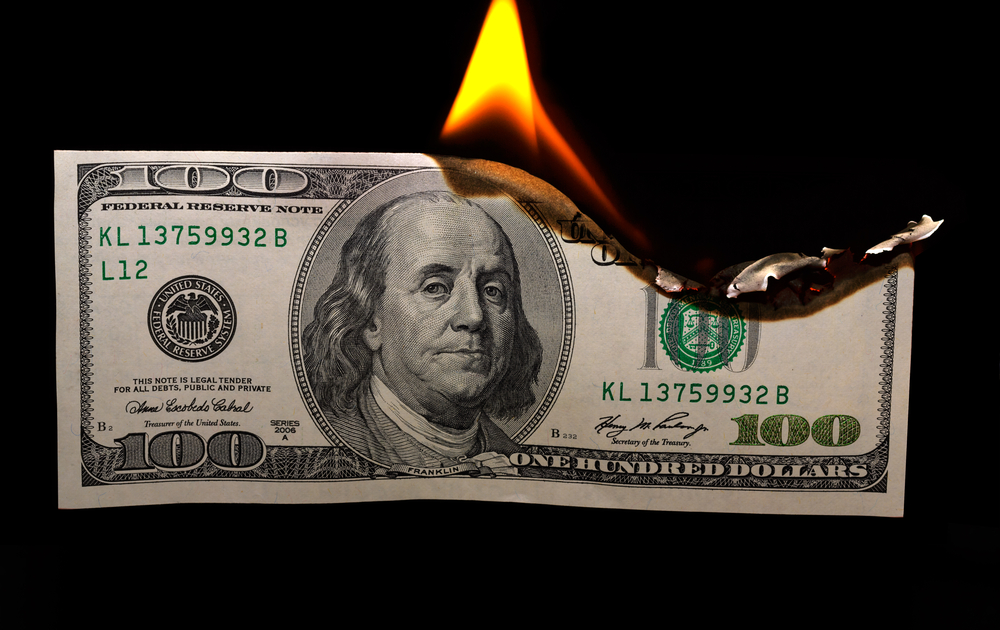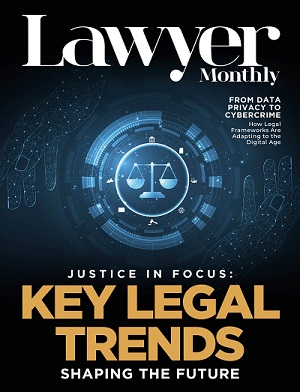Is It Legal to Burn Money? Legal Implications & the KLF Million Pound Stunt.
Burning money may seem like an extreme or rebellious act, but is it legal? Whether as a protest, an artistic statement, or just an act of defiance, burning money raises questions about the law and the implications of such actions. In this article, we’ll dive deep into the legality of burning currency in the United States and the United Kingdom, as well as explore the famous KLF money-burning incident that shook the music world and ignited discussions about art, consumerism, and the law.
In the United States, the act of burning money isn't outright illegal, but it can be depending on the intent. Under 18 U.S. Code § 333, destroying U.S. currency with the purpose of making it unfit for circulation is illegal. This law prohibits actions like mutilating, cutting, defacing, or destroying money. If someone burns money to the point it can no longer be used or recognized, it could lead to a fine or imprisonment for up to six months.
For most individuals, burning small amounts of money doesn’t result in legal consequences, but any public burning of money or large-scale destruction can raise eyebrows from authorities. Intent matters: if you're simply burning money as a form of protest or for an art project, it's a gray area. Artistic statements involving currency can get attention, but public acts may prompt legal action.
In the United Kingdom, the Theft Act 1968 makes it illegal to destroy or deface currency. This means that any intentional destruction of banknotes or coins could lead to a fine or imprisonment. The British law treats currency destruction seriously, and anyone caught burning or defacing money could face legal action. The law focuses on protecting the integrity of legal tender. While private individuals rarely face prosecution for burning small amounts of money, high-profile money burning acts, particularly those used for protests or as part of an artistic statement, may attract legal scrutiny.
One of the most infamous money-burning incidents in history is the KLF’s 1994 million-pound stunt. The British music group KLF (Kopyright Liberation Front) shocked the world by burning one million pounds in cash as part of a protest against the commercialization of art. Bill Drummond and Jimmy Cauty, members of the KLF, set fire to the money on the remote island of Jura in Scotland, filming the entire act as a statement against consumerism, the music industry, and the commodification of creativity.
While this dramatic act did not lead to legal prosecution, it raised important questions about the intersection of art, law, and money. The KLF's stunt was meant to challenge societal norms surrounding wealth, but it also drew attention to the laws protecting currency. Despite the symbolic nature of the act, the KLF money-burning incident became a cultural milestone, forcing people to reconsider the role of money in art and the broader societal system.
Burning money has historically been used as a symbolic protest, a political statement, or even as a form of artistic expression. From anti-capitalist protests to environmental activism, money burning represents a dramatic rejection of capitalist ideals and consumerism. The KLF incident is one of the most famous examples, where the group used the act of money destruction as a way to critique the very system that allows for the commodification of art and culture.
Yet, the act of burning money often triggers legal consequences. While small, private acts of burning may be overlooked, public acts of burning currency are seen as a challenge to the established economic order and could lead to legal repercussions. In both the U.S. and the UK, laws protecting currency can clash with the right to protest, raising the question: Can burning money be a legitimate form of protest?
In conclusion, burning money falls into a legal gray area, where intent and public perception play a significant role. While it’s illegal to destroy currency with the intention of rendering it unfit for circulation, high-profile protests or artistic statements, like the KLF’s money-burning stunt, may not always face legal consequences.
In both the U.S. and UK, the destruction of currency is prohibited, but these laws are often challenged by acts of rebellion or artistic expression. As we continue to question the role of money in society, incidents like the KLF’s serve as a powerful reminder of how laws, art, and protest intersect.
The KLF incident, a rare example of artistic protest, forces us to reconsider whether money burning should be viewed as a criminal act or a form of economic critique.





















